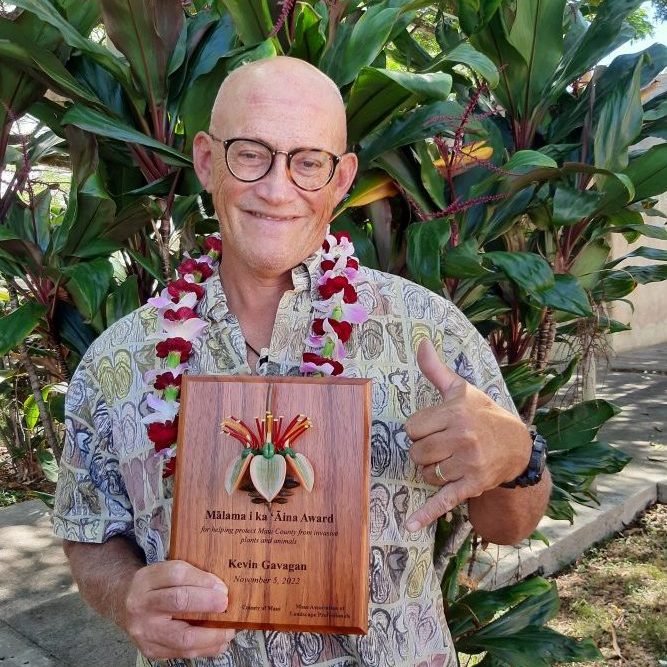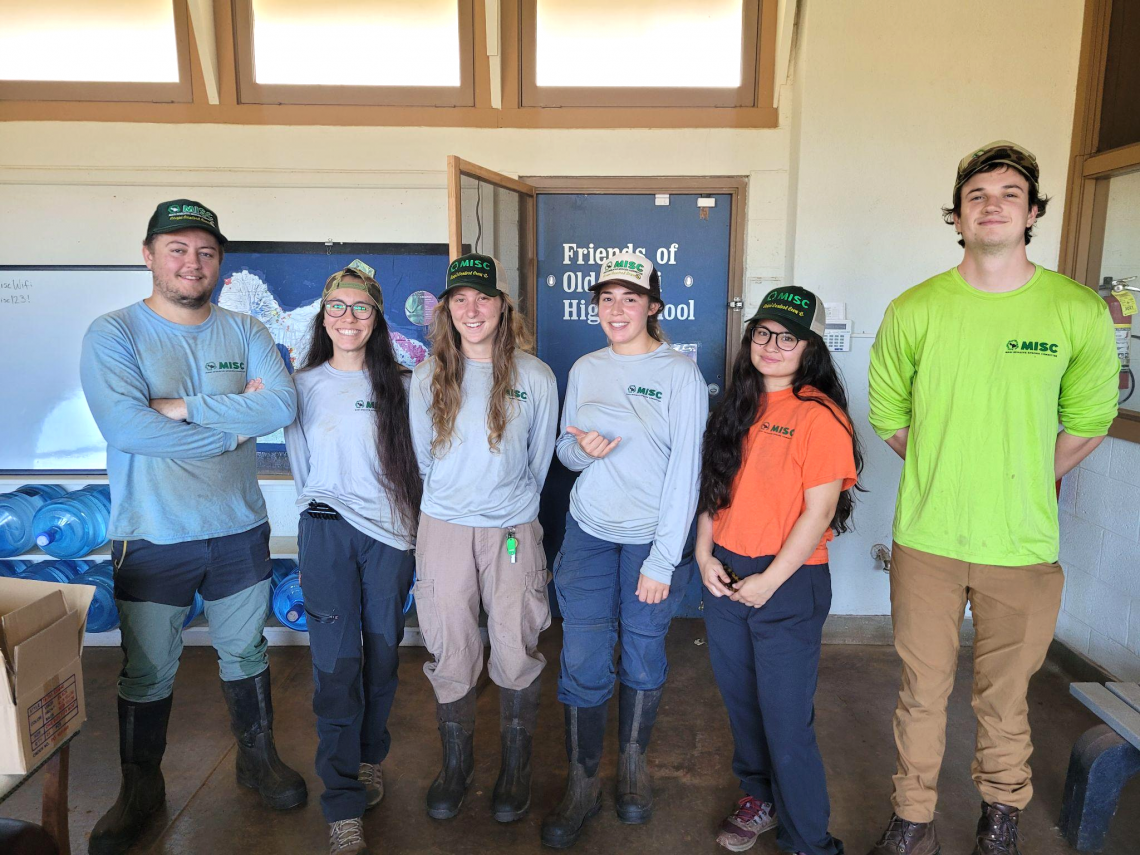Even when our coqui crew is fully staffed, success depends on collective kuleana: communities working in their yards so MISC…
Read More
Nominations for 20th Annual Mālama i ka ‘Āina Award due 9/15/2023
Nominations are now being accepted to honor invasive species prevention efforts within Maui County. The Mālama i ka ‘Āina Award…
Read More
Protecting ‘Ōhi‘a: Fencing for the Trees
“The fungus needs an entry point,” says Marc Hughes, a research plant pathologist with the U.S. Forest Service in Hilo….
Read More
MISC is Hiring!
Now accepting resumes for full-time & part–time temporary (5-month) field positions with the potential for longer-term employment. Positions start July/August…
Read More
Is ant-watching really a thing?
By Monte Tudor-Long If you list the different birds in your yard, you might come up with 15 to 20…
Read More




